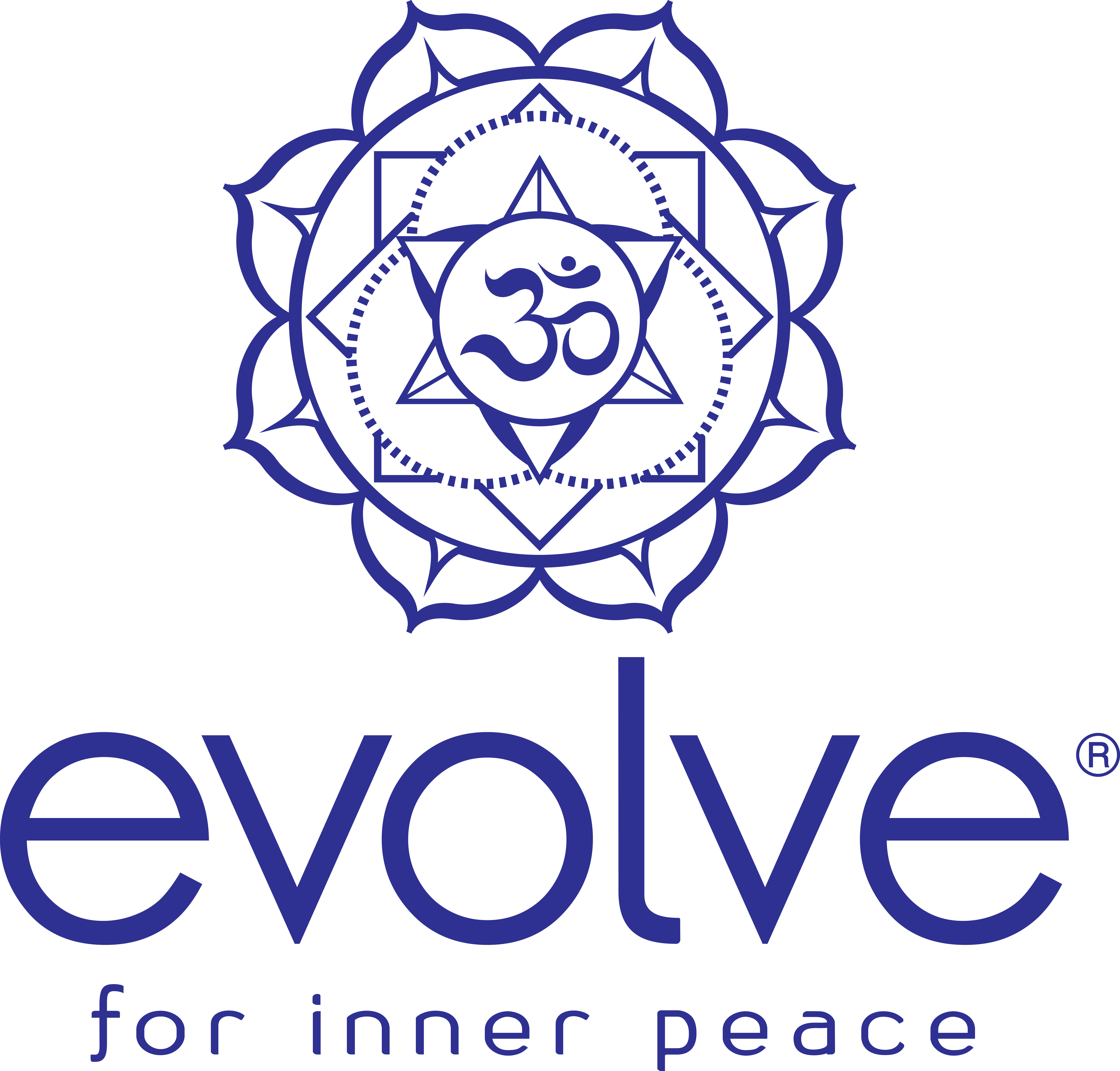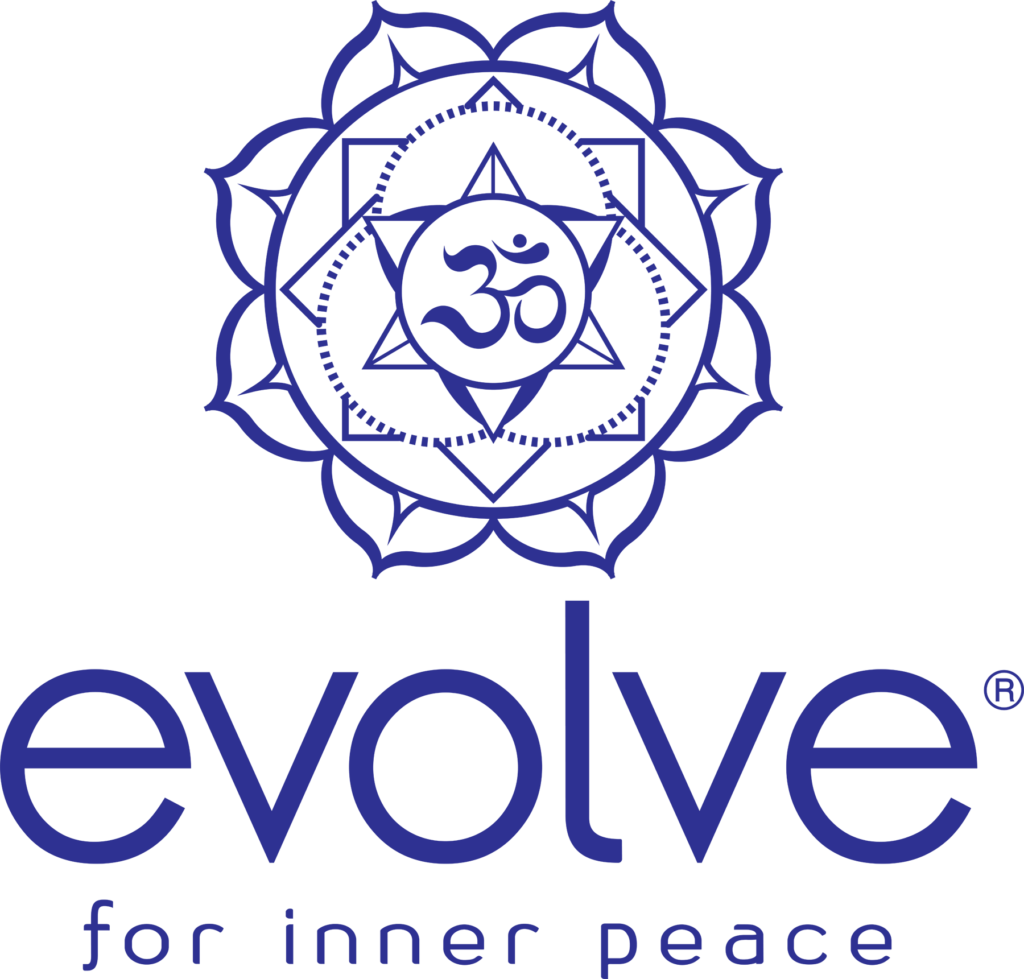I was raised in the Catholic Church and attended a mixture of liberal public schools and conservative Catholic schools. Growing up I began to realize the infinitely compassionate and loving nature of God, and it became increasingly hard to stuff my own recognition of the divine into the small box of Dogma, regardless of how ornate that box may have been. . .

Eventually, my spiritual path lead me away from the church. I was both angry at the fear mongering and limited perspective of fundamentalists and intrigued by the expansive wisdom of the east. As I delved into other forms of spiritual practice, both eastern and western, I searched for a path that felt more like home. After almost 15 years of searching I have found that there are various levels of spiritual practice and understanding in all of the worlds religions. I realized that there are fundamentalist Buddhists, just like there are fundamentalist Christians and by that logic there must be Christian Mystics just like there are Mystics in any other tradition.
 I was still very prejudiced against my own Christian upbringing, but I wanted to see if I could find these Christian Mystics just to round out my sense of the various spiritual paths. I was quite surprised to find a flourishing contemplative movement that had been living and growing right under my very nose! In true mystic fashion, the voice had always been there, but had been quiet and calm, and though I like to pretend that it was drown out by the loud and angry voices of dogmatic fundamentalists, the truth is, I was just too angry and hurt to listen for it.
I was still very prejudiced against my own Christian upbringing, but I wanted to see if I could find these Christian Mystics just to round out my sense of the various spiritual paths. I was quite surprised to find a flourishing contemplative movement that had been living and growing right under my very nose! In true mystic fashion, the voice had always been there, but had been quiet and calm, and though I like to pretend that it was drown out by the loud and angry voices of dogmatic fundamentalists, the truth is, I was just too angry and hurt to listen for it.
After years of eastern practices, journaling, sweat lodges, dream work and soul searching of every kind, I had healed many of the wounds of my youth. I had calmed down enough to look back at Christianity with the same kind of inquisitive interest that I had (up until then) applied to anything and everything except that antiquated Patriarchal monster I had been enslaved and tortured by as a child. . . You know, Christianity.
When I did finally look, I was quietly stunned by the beauty of contemplative Christianity. I found John of the Cross, Theresa of Avila and Brother Lawrence. I found the Cloud of Unknowing, the Practice of the Presence of God, Lectio Divina and the more modern Christian meditation known as Centering Prayer.

Centering Prayer is a most interesting method that has evolved out of a long history of contemplative monastic practices and is founded in the wisdom teaching of Jesus in Matthew 6:6 where he says, “But when you pray, go into your inner room, close the door and pray to your Father in secret. And your Father, who sees in secret, will reward you”
From this passage springs a deep spiritual practice of formless acceptance, that leads away from concepts and symbolism and towards actual realization of Divine Union.
 Deeply intrigued by the idea of a Christian Practice that taught the path to Divine Union was an inward, silent, and deeply personal path, I began to use this method from time to time and found it surprisingly easy to connect with. It was as if my Christian upbringing gave me a spiritual language that I was intimately familiar with; a native tongue, so to speak. Having since spent many years learning “other languages” and living in “other countries”, it was amazing to speak again in my native tongue.
Deeply intrigued by the idea of a Christian Practice that taught the path to Divine Union was an inward, silent, and deeply personal path, I began to use this method from time to time and found it surprisingly easy to connect with. It was as if my Christian upbringing gave me a spiritual language that I was intimately familiar with; a native tongue, so to speak. Having since spent many years learning “other languages” and living in “other countries”, it was amazing to speak again in my native tongue.
Now, I still speak Zen Buddhist, Mahayana and a little Indian Non-Dual. I still know a little Qabalah and I still speak the Four Directions and I slide easily in and out of these different understandings of spirit, but to hear non-dual truths expressed in the Language of Christianity was just completely unexpected. It was like coming back from a great French vineyard and realizing there was stuff just as good in California. . . It was a deeply intimate experience to begin practicing in the language I grew up with.
 If you are interested in a Christian Perspective on Mysticism, please look for Father Thomas Keating, Founder of Contemplative Outreach and the The Snowmass Interreligious Conference.
If you are interested in a Christian Perspective on Mysticism, please look for Father Thomas Keating, Founder of Contemplative Outreach and the The Snowmass Interreligious Conference.
This conference, held annually by Father Keating since 1984 at the St. Benedict’s Monastery in Snowmass, Colorado, has invited “deep practitioners” from Christian, Jewish, Buddhist, Hindu, Native American, and Islamic traditions to compare notes, connect, and clarify. One result has been to distill out some profound points of agreement shared by each of the participants.
Until 2006, few people even knew about these encounters, so the publication of Father Keating’s book, “The Common Heart, An Experience of Interreligious Dialogue,” was a great gift to the world in providing a window into this rarefied spiritual “think tank.”

As a sample of the richness of his book, here is Fr. Keatings’s short list of points of agreement that he reports in his introduction:
- The world religions bear witness to the experience of Ultimate Reality, to which they give various names.
- Ultimate Reality cannot be limited by any name or concept.
- Ultimate Reality is the ground of infinite potentiality and actualization.
- Faith is opening, accepting, and responding to Ultimate Reality. Faith in this sense precedes every belief system.
- The potential for human wholeness – or, in other frames of reference, enlightenment, salvation, transcendence, transformation, blessedness – is present in every human being.
- Ultimate Reality may be experienced not only through religious practices, but also through nature, art, human relationships, and service to others.
- As long as the human condition is experienced as separate from Ultimate Reality, it is subject to ignorance and illusion, weakness and suffering.
- Disciplined practice is essential to the spiritual life; yet spiritual attainment is not the result of one’s own efforts, but the result of the experience of oneness with Ultimate Reality.
I never thought I would find Christians talking like this, but I am thankful that I did. It’s not that I plan on limiting my experience or frame of reference to purely Christian ideas or terminology, nor would I recommend one path exclusively to anyone. However, I would recommend finding a path that feels like home and really working with it deeply. It is so nice to finally feel like the religion I was raised with has alot to offer my internal spiritual dialogue. It has been a very freeing journey of self love and acceptance.
May Peace be With You. . .
Michael SunSpirit

